The Ultimate Guide to Setting Up and Running Debian 8 Jessie Server 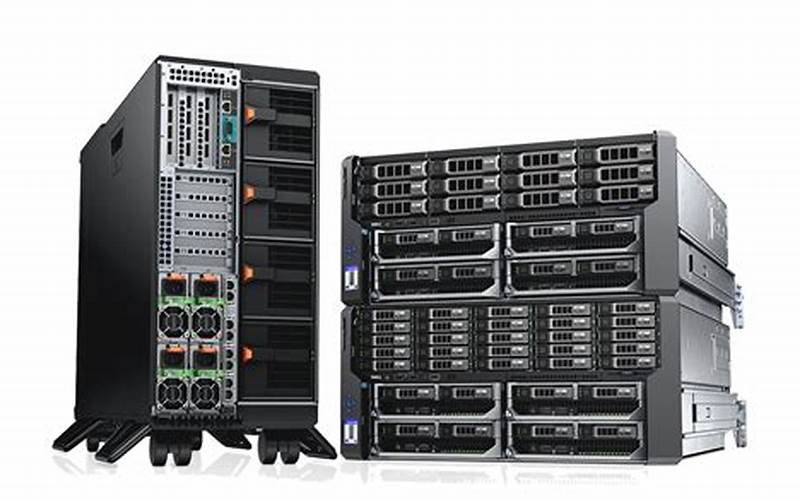 Source: bing.com
Source: bing.com
Greetings, fellow web enthusiasts! Chances are if you’re reading this article, you’re in search of the perfect server to run your website or application. Look no further, because Debian 8 Jessie Server may be just what you’re looking for. Debian is a free and open-source operating system, making it an affordable and popular choice for many users. With its simple and flexible setup, you’ll be up and running in no time. In this comprehensive guide, we’ll be diving deep into the world of Debian 8 Jessie Server, from its history to its advantages and disadvantages, all the way to setting up and troubleshooting. Let’s get started!
Introduction to Debian 8 Jessie Server  Source: bing.com
Source: bing.com
Debian 8 Jessie was released on April 25th, 2015, as the eighth stable release of the Debian operating system. It is the precursor to Debian 9 Stretch and has since been succeeded by Debian 10 Buster. Debian 8 Jessie Server is a highly versatile operating system that can be used for a variety of tasks, including hosting websites, managing databases, and serving as a file server. It is compatible with both 32-bit and 64-bit hardware and supports a wide range of programming languages.
Debian 8 Jessie Server comes equipped with the Linux kernel, which provides a solid foundation for building a server. It is highly customizable, allowing users to add or remove packages depending on their needs. Additionally, Debian is known for its stability, making it a reliable choice for server hosting.
One of the key features of Debian 8 Jessie Server is the ease of use. With its simple and flexible setup, even beginners can set up a server in no time. Debian’s package management system, APT, allows for easy installation of software packages. The availability of third-party repositories makes finding and installing packages even easier. Debian 8 Jessie Server also comes with a graphical user interface, making it even more user-friendly.
Debian 8 Jessie Server is also highly secure, thanks to its built-in security features and frequent security updates. Debian’s strict policies on packaging and distribution ensure that only trusted software is included in the operating system. This minimizes the risk of security breaches and ensures the integrity of your server.
Overall, Debian 8 Jessie Server is a reliable, versatile, and easy-to-use operating system that can meet the needs of both beginners and advanced users. With its solid foundation, customizable packages, and security features, it is a popular choice for server hosting. Now let’s take a closer look at the advantages and disadvantages of using Debian 8 Jessie Server.
Advantages and Disadvantages of Debian 8 Jessie Server 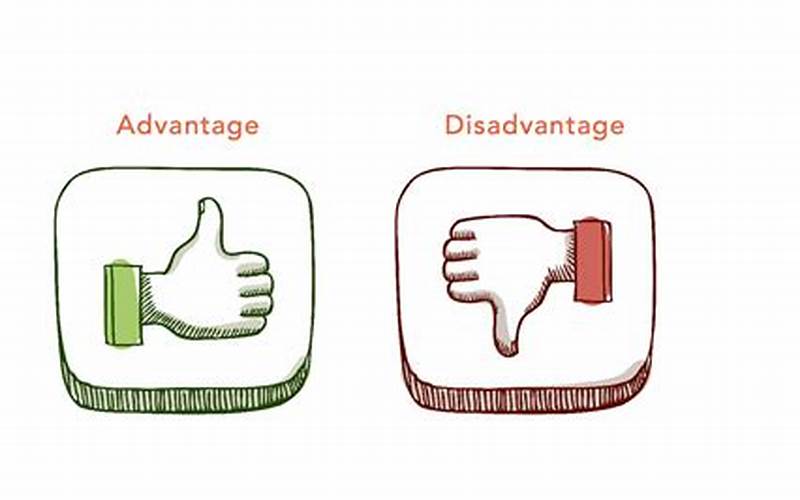 Source: bing.com
Source: bing.com
Advantages 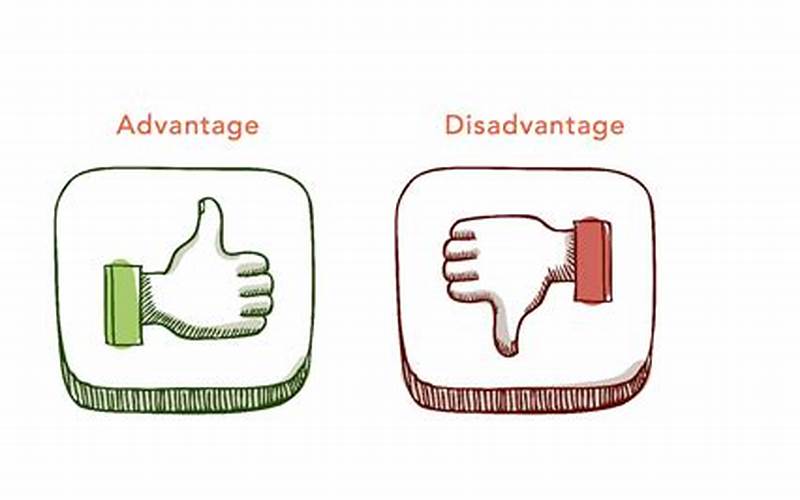 Source: bing.com
Source: bing.com
1. Stability: Debian’s commitment to stability ensures that the operating system is reliable and less prone to crashes.
2. Open-source: Debian is a free and open-source operating system, making it accessible to a wide range of users.
3. Package Management: Debian’s package management system, APT, makes installing and updating software packages a breeze.
4. Security: Debian’s strict policies on packaging and distribution make it a highly secure operating system.
5. Flexibility: Debian’s customizable packages and third-party repositories make it highly flexible, allowing users to create a server tailored to their needs.
6. Community: Debian has a large and active community of users and developers who provide support and contribute to the development of the operating system.
7. Graphical User Interface: Debian 8 Jessie Server comes with a graphical user interface, making it easier for beginners to use.
Disadvantages 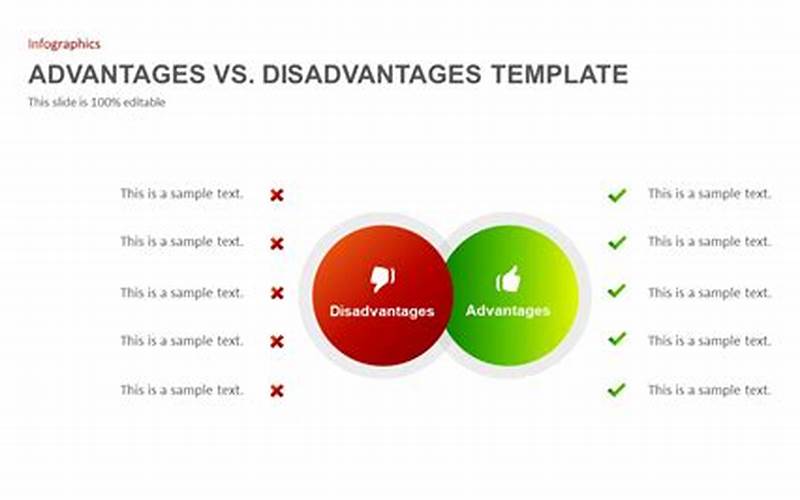 Source: bing.com
Source: bing.com
1. Learning Curve: Debian’s complexity can be overwhelming for beginners, making it difficult to set up and configure.
2. Limited Support: While the community provides support, there is limited official support available for Debian.
3. Outdated Software: Debian’s commitment to stability sometimes means that software packages are not updated as frequently as some users would like.
4. Compatibility Issues: Debian’s compatibility with some hardware and software may be limited.
5. Command Line Interface: The majority of configuration and administration of Debian is done through the command line, which may require some technical expertise.
6. Lack of Commercial Support: Unlike some other operating systems, Debian does not have official commercial support options.
7. Dependency Issues: Installing and managing software packages on Debian can sometimes result in dependency issues, making it difficult to install or update packages.
Setting Up and Troubleshooting Debian 8 Jessie Server  Source: bing.com
Source: bing.com
Now that we’ve covered the advantages and disadvantages of using Debian 8 Jessie Server, let’s dive into setting up and troubleshooting. In this section, we’ll cover the steps required to set up a server, from creating a bootable USB drive to installing the operating system and configuring the server. We’ll also cover common troubleshooting techniques and issues that you may encounter.
Creating a Bootable USB Drive 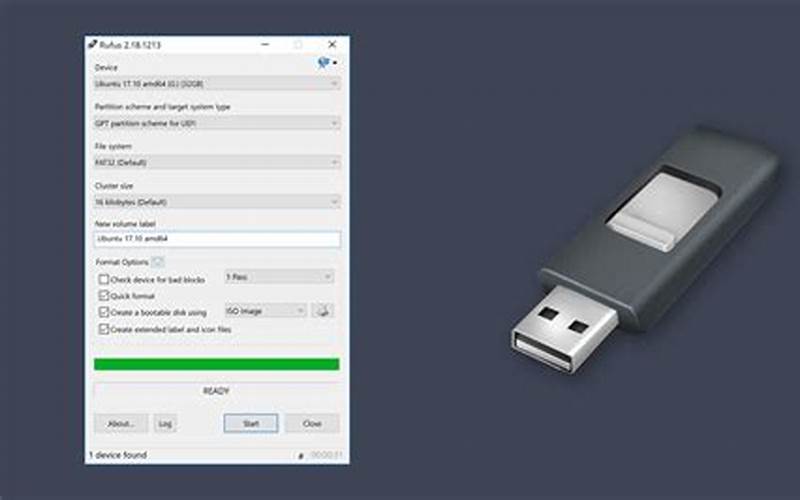 Source: bing.com
Source: bing.com
The first step in setting up Debian 8 Jessie Server is creating a bootable USB drive. A bootable USB drive is an external storage device that contains the installation files for the operating system. Creating a bootable USB drive is easy, and all you need is a USB drive with at least 4GB of storage.
To create a bootable USB drive, you’ll need to download the Debian 8 Jessie Server ISO file from the Debian website. Once you’ve downloaded the ISO file, you’ll need to use a tool like UNetbootin or Rufus to create the bootable USB drive. Simply follow the instructions in the tool and select the Debian 8 Jessie Server ISO file when prompted.
Installing the Operating System 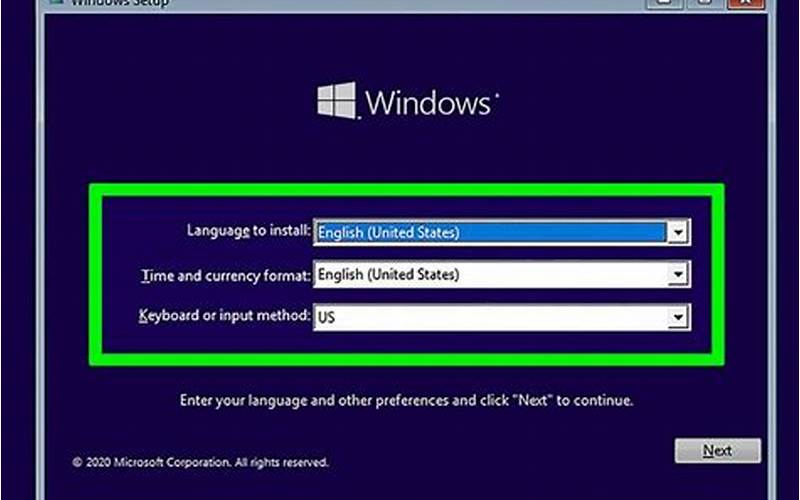 Source: bing.com
Source: bing.com
Once you’ve created a bootable USB drive, you’ll need to plug it into the computer or server you want to install Debian 8 Jessie Server on. Boot the computer or server from the USB drive by changing the boot order in the BIOS or UEFI settings. Once the server has booted from the USB drive, you’ll be presented with the Debian 8 Jessie Server installation screen.
Follow the on-screen instructions to select your language, location, and keyboard layout. You’ll also be prompted to configure the network settings, including setting up a hostname and domain name. Once you’ve completed the initial configuration, you’ll be asked to set up root and user accounts.
Configuring the Server 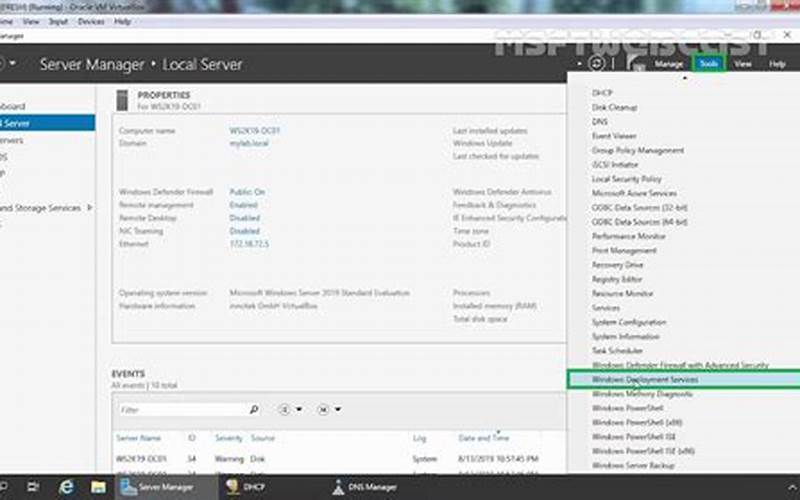 Source: bing.com
Source: bing.com
After installing Debian 8 Jessie Server, you’ll need to configure it to suit your needs. This includes installing software packages, setting up a firewall, and configuring network settings. Debian’s package management system, APT, makes installing and updating software packages easy.
To install a package, open up a terminal and type in the command “sudo apt-get install [package-name]”. Replace [package-name] with the name of the package you want to install. To update the package list, type in “sudo apt-get update”. To upgrade installed packages, type in “sudo apt-get upgrade”.
Setting up a firewall is essential for securing your server. Debian 8 Jessie Server comes with a built-in firewall called iptables. To enable the firewall, open up a terminal and type in the command “sudo iptables -F”. This will flush all existing firewall rules. You can then configure the firewall by typing in commands such as “sudo iptables -A INPUT -p tcp –dport ssh -j ACCEPT” to allow incoming SSH connections.
Troubleshooting  Source: bing.com
Source: bing.com
Despite its reliability, Debian 8 Jessie Server may encounter some issues. Common issues include network problems, package dependency issues, and system crashes. Fortunately, Debian’s active community and extensive documentation make troubleshooting easy.
If you encounter a network problem, check your network settings to ensure they are configured correctly. Package dependency issues can be resolved by using the “sudo apt-get -f install” command, which will attempt to fix any broken dependencies. If your server crashes or fails to boot, you can use the recovery mode to troubleshoot and fix the issue.
Debian 8 Jessie Server Technical Specifications Table  Source: bing.com
Source: bing.com
| Operating System | Debian 8 Jessie |
|---|---|
| Kernel | Linux kernel 3.16 |
| Architecture | x86, x86-64, ARM, MIPS |
| File Systems | ext2, ext3, ext4, JFS, ReiserFS, XFS, btrfs |
| Default Desktop Environment | MATE, GNOME, XFCE, LXDE, KDE |
| Package Management System | Advanced Package Tool (APT) |
| Supported Programming Languages | C, C++, Java, Perl, Python, Ruby, PHP, and more |
| Default Web Server | Apache 2.4.10 |
| Default Database | MySQL 5.5 or MariaDB 10.0 |
| Default Mail Server | Exim 4.84 |
| Default DNS Server | Bind 9.9 |
| Default FTP Server | ProFTPD 1.3.5 |
| Default Firewall | iptables |
| Supported File Sharing Protocols | NFS, Samba, FTP, and more |
Frequently Asked Questions  Source: bing.com
Source: bing.com
1. What is Debian 8 Jessie Server?
Debian 8 Jessie Server is a free and open-source operating system that can be used for a variety of tasks, including hosting websites, managing databases, and serving as a file server. It is compatible with both 32-bit and 64-bit hardware and supports a wide range of programming languages.
2. What is the history of Debian 8 Jessie Server?
Debian 8 Jessie was released on April 25th, 2015, as the eighth stable release of the Debian operating system. It is the precursor to Debian 9 Stretch and has since been succeeded by Debian 10 Buster.
3. What are the advantages of using Debian 8 Jessie Server?
Debian 8 Jessie Server is highly versatile, easy-to-use, and secure. Its package management system, APT, makes installing and updating software easy. Additionally, Debian’s customization options and its large community of users and developers make it a popular choice for server hosting.
4. What are the disadvantages of using Debian 8 Jessie Server?
Debian 8 Jessie Server has a steep learning curve, outdated software packages, and limited official support options. Additionally, compatibility issues and dependency issues can make installation and configuration difficult.
5. How do I set up Debian 8 Jessie Server?
To set up Debian 8 Jessie Server, download the ISO file from the Debian website and create a bootable USB drive. Boot the server from the USB drive, and follow the on-screen instructions to install the operating system and configure the server.
6. What is the default desktop environment for Debian 8 Jessie Server?
The default desktop environment for Debian 8 Jessie Server is MATE, GNOME, XFCE, LXDE, or KDE.
7. What programming languages does Debian 8 Jessie Server support?
Debian 8 Jessie Server supports a wide range of programming languages, including C, C++, Java, Perl, Python, Ruby, and PHP.
8. How do I install software packages on Debian 8 Jessie Server?
To install a package, open up a terminal and type in the command “sudo apt-get install [package-name]”. Replace [package-name] with the name of the package you want to install. To update the package list, type in “sudo apt-get update”. To upgrade installed packages, type in “sudo apt-get upgrade”.
9. What is the default web server for Debian 8 Jessie Server?
The default web server for Debian 8 Jessie Server is Apache 2.4.10.
10. What is the default database for Debian 8 Jessie Server?
The default database for Debian 8 Jessie Server is MySQL 5.5 or MariaDB 10.0.
11. What is the default mail server for Debian 8 Jessie Server?
The default mail server for Debian 8 Jessie Server is Exim 4.84.
12. What is the default DNS server for Debian 8 Jessie Server?
The default DNS server for Debian 8 Jessie Server is Bind 9.9.
13. What is the default FTP server for Debian 8 Jessie Server?
The default FTP server for Debian 8 Jessie Server is ProFTPD 1.3.5.
Conclusion  Source: bing.com
Source: bing.com
Congratulations, you’ve made it through our comprehensive guide to Debian 8 Jessie Server! We’ve covered its history, advantages and disadvantages, and how to set up and troubleshoot. We’ve even included a technical specifications table and FAQs. We hope this guide has been helpful and informative. Overall, Debian 8 Jessie Server is a versatile and reliable operating system that can meet the needs of both beginners and advanced users. Now it’s time to take action and give it a try!
Closing  Source: bing.com
Source: bing.com
We hope you found this article informative and helpful. However, please note that this article is for informational purposes only, and the information contained herein should not be considered as legal, financial, or other professional advice. Additionally, while we have made every effort to ensure the accuracy and reliability of the information provided in this article, we make no warranties or representations of any kind, express or implied, about the completeness, accuracy, reliability, suitability, or availability with respect to the article or the information, products, services, or related graphics contained in the article for any purpose. Any reliance you place on such information is therefore strictly at your own risk. Thank you for reading!